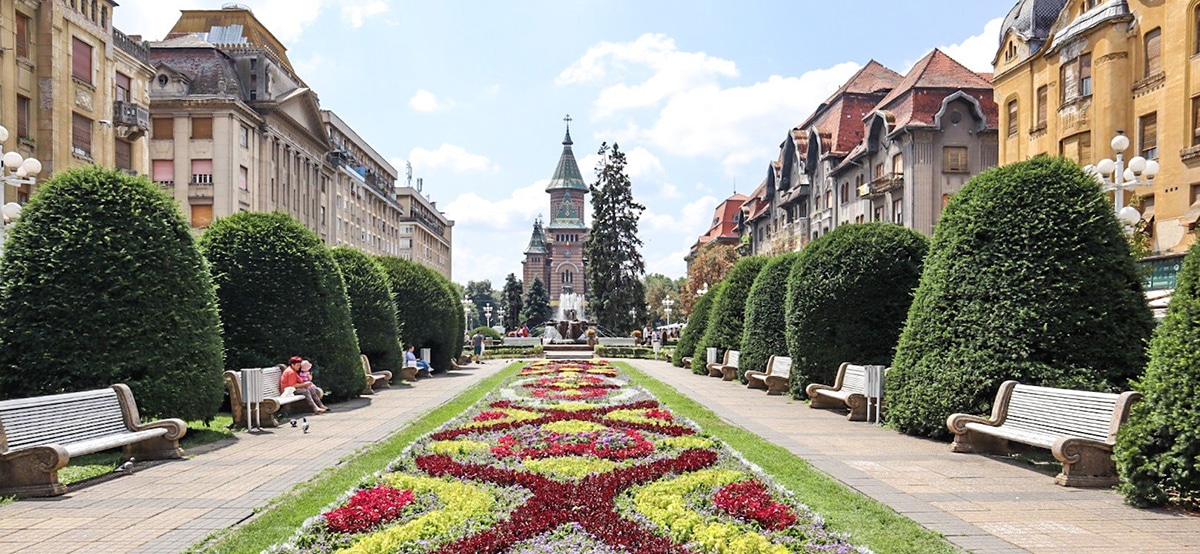
Eastern Europe It is a charm of destiny. Centuries of history and political systems have left their mark and there are cities that are incredibly beautiful. For example, Timisoara, in Romania.
timosara it is the third largest city in the country and a major center in western Romania. We will see today why it is known as the Little Vienna or the City of flowers...
Timisoara
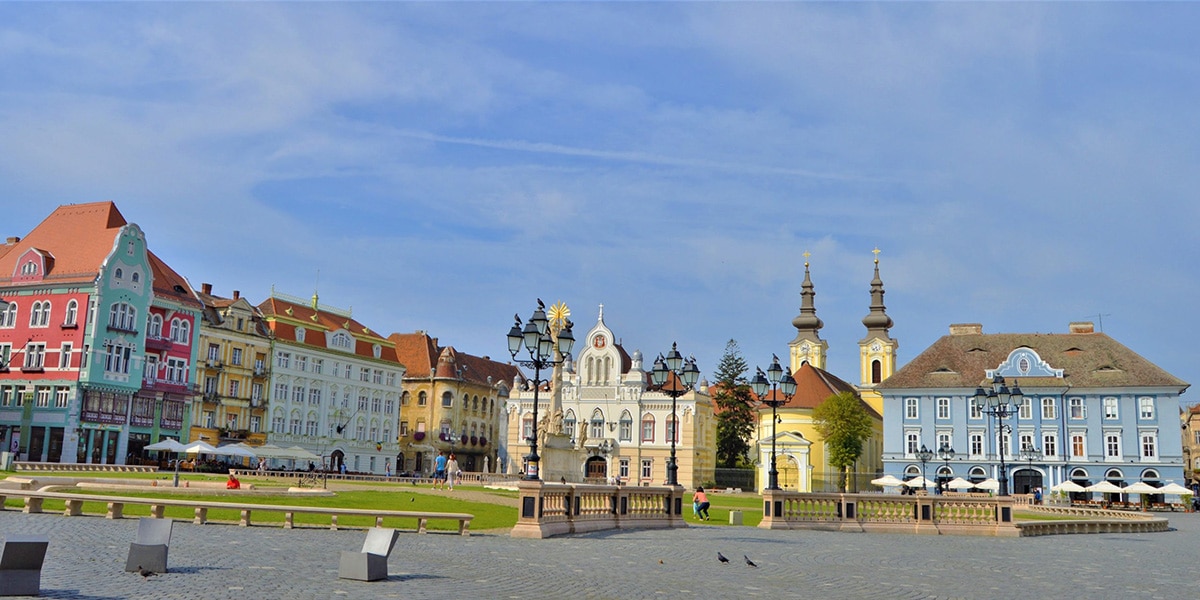
The name derives from Hungarian and the first settlements date back in time, even to the Romans. Then it takes place in the Middle Ages, around a fortress built by Charles I of Hungary, and it was known to be in times of the war between Christians and the Ottoman Turks, a border townto. Therefore, it suffered several sieges and attacks until it remained for more than a century and a half in Ottoman hands.
Timisoara was reconquered by Prince Eugene of Savoy in 1716 and remained in the hands of the Habsurgs until the beginning of the XNUMXth century. After the first world war Hungary ceded the city to Romania, and during World War II it suffered a lot of damage. Finally, came under the Soviet orbit, its population grew and it was industrialized.
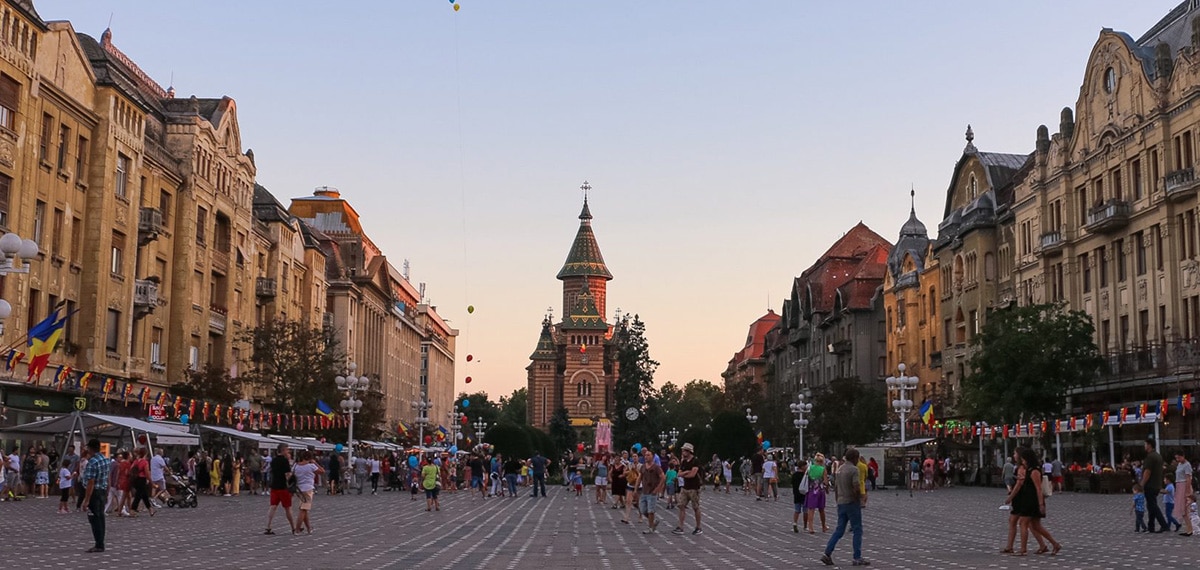
The city is in the plain of Banat, near the separation of the rivers Timis and Bega. There is a swamp here and the city was for a long time the only point where you could cross that area.
In fact, it also served as a defense, although the proximity of so much humidity brought many pests to it. In the XNUMXth century, thanks to public works, the city began to be on the Bega canal and not on the Timis river, then everything improved.

Traditionally it has been a city dedicated to manufacturing, education, tourism and commerce. Today it has a transport system with seven tram lines, eight trolley buses and just over twenty bus lines. Also there are public bicycles with 25 stations and 300 bikes that can be used for free, both by locals and tourists, and there is a ferry that navigates the channel. Also public.
Timisoara Tourism
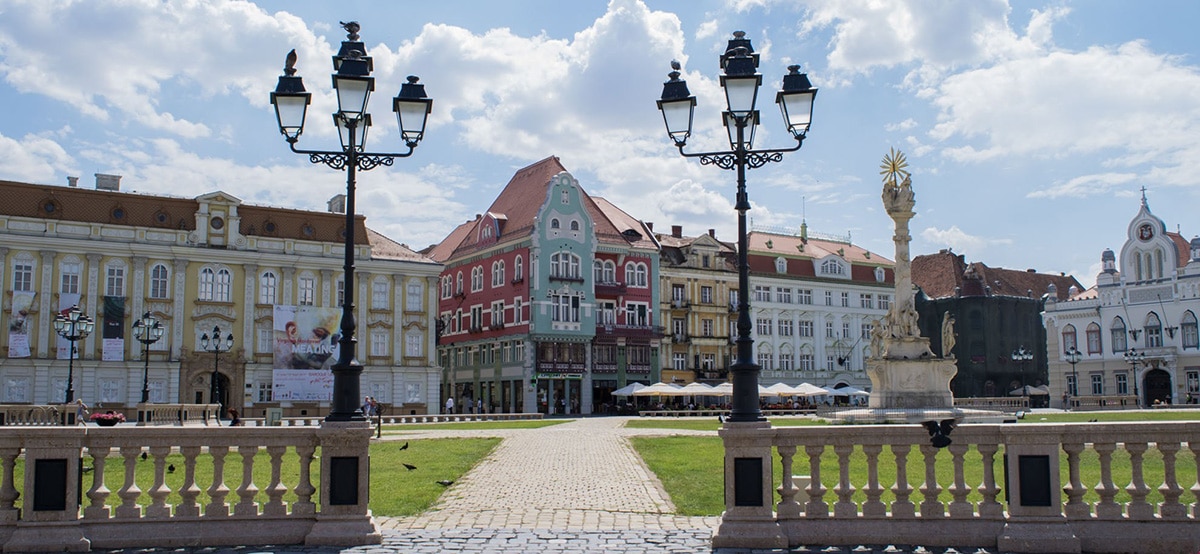
The city does not have as many museums as other European cities, but if you are not a cultural bug you might like the idea of not having to visit museums and galleries all day. So, Timisoara offers us a handful of interesting museums:
- el Timisoara Museum of Art It is in Unirii Square and it is an 10th century building. There is local, contemporary, decorative art, drawings and carvings and European art in general, and there are usually exhibitions and events. Admission costs RON 10 and opens from Tuesday to Sunday from 6 am to XNUMX pm.
- el Banat National Museum it is representative of the region. It works in the Huniade Castle, in the center of the city, in the oldest building of the same. There are several departments: archeology, history, natural sciences and also the Traian Vuia Museum, dedicated to the Romanian inventor of the same name, pioneer of aviation.
- el Village Museum It is on the outskirts of Timisoara, in a very green area and reflects well what a real village is. It has several buildings, a church and a mill, all traditional and with styles from different times and regions in Banat. It's a nice walk and it's close to the zoo so you can visit both places. You arrive by bus and the entrance costs 5 RON. It has summer and winter hours.
- el Communist Consumer Museum it is not traditional. It is a somewhat rare museum that reflects precisely the communist era of the city. It works in the basement of the Scart Bar, in an old house with a large garden. It is a friendly place gracefully decorated. The museum's collection has it all and was formed with donations from friends and visitors. Everything related to the communist era. You find it at Szekely Laszlo 1 Arh.
- el Memorial of the Revolution remember the year 1989 when the Soviet Union disintegrated. The revolution in Romania started here in Timisoara and is a brand in the city. This site is supposed to be temporary and that at some point there will be a museum about it. The memorial is on Calle Popa Sapca, 3-4 and the entrance costs 10 RON. It opens from Monday to Friday, from 8 am to 4 pm and Saturdays from 9 am to 2 pm.
As you see, there are few museums so there is plenty of time for other types of visits. Timisoara is a great city with a history dating back to at least the XNUMXth century, so now walk through its streets It is a charm.
Therefore, on a first visit you should not miss certain points in particular. Namely, the Union Square, which is the oldest in the city. Its name dates back to 1919, after the First World War, as the Romanian troops regrouped here after entering the city.
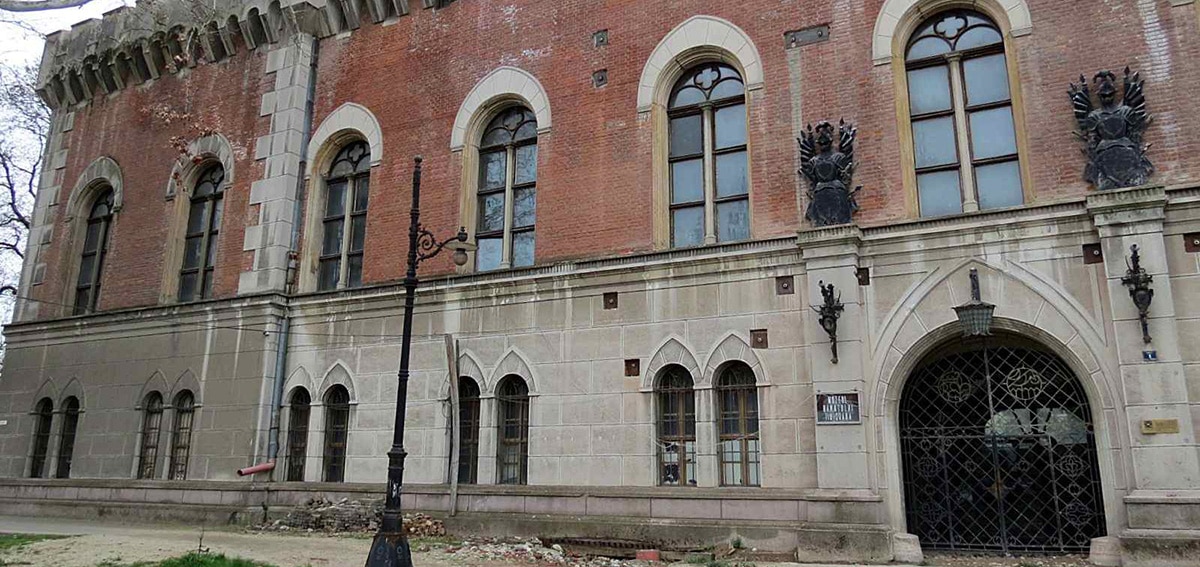
Has a baroque air and the buildings that surround it are the Serbian Orthodox Church, the Roman Catholic Church, the Brück House and the Baroque Palace. All very pretty. There are also cafes, so in summer it is very entertaining to sit and people watch. Another interesting square is the Victoria Square, also known as the Opera Square. The new name is after the fall of communism.
The square is flanked by two emblematic buildings: the Orthodox cathedral from the south side and the National Theatre from the north side. It was built in the XNUMXth century to replace the old medieval citadel, so it has an Art-Noveau feel and is intended to stroll, with shops, cafes and terraces. If you go at Christmas, there is the Christmas market.

Another great ride is walk along the banks of the river Bega. Or do the bike tour. It's great on a sunny day and you can go from end to end of the city, crossing its main parks. In summer there are many terraces where you can enjoy a cold beer and when the sun goes down it is also a very popular place.
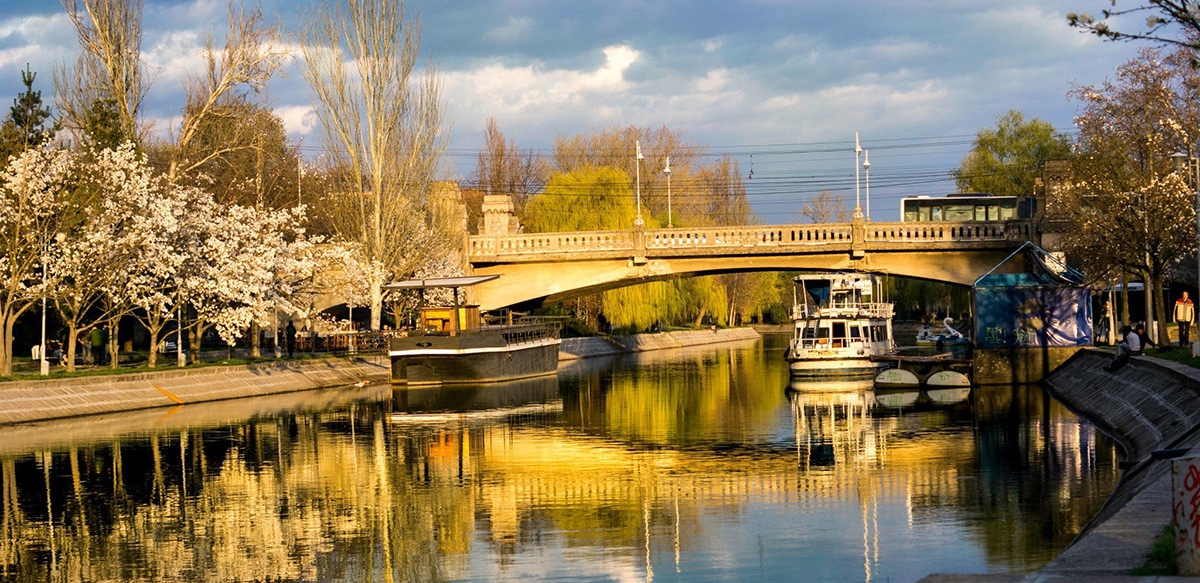
Finally, I love to fly over cities and here you can do it by plane. The flight is half an hour and costs around 75 euros. And if when the sun goes down you want to go out and see people, luckily the city has a active nightlife. A hyper famous site is D'arc, in Unirii Square. Good music, medium prices, popular with foreigners and expats. Luckily it opens late, from 11 pm to 5 am.
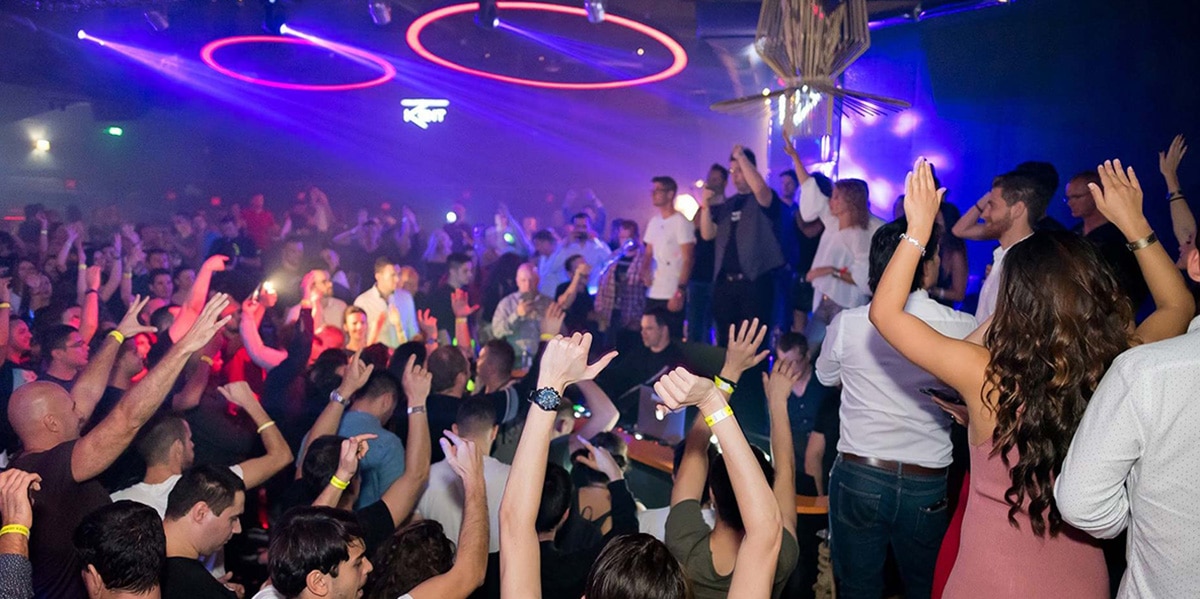
Another nocturnal place is reflector, which opened in 2017, concert hall. 80's Pub It is one of the many pubs in Timisoara where you can also drink, dance. It is not in the center, but if you are from the '80s it is worth visiting the university campus. Taine and Escape are other places to dance and have fun.
Did you like Timisoara? It is an accessible destination (a beer costs around 1 euros, a lunch 25), It is close to only three hours from Budapest and Belgrade and five from Vienna.
It is a city that love culture, film and theater festivals, has good gastronomy and the people are nice and multicultural. Its architecture is beautiful, it has history, it has a nightlife, people speak mostly English and as a historical fact, Timisoara was the first city to liberate itself after the fall of communism.